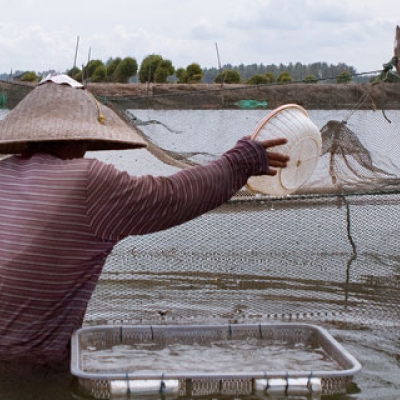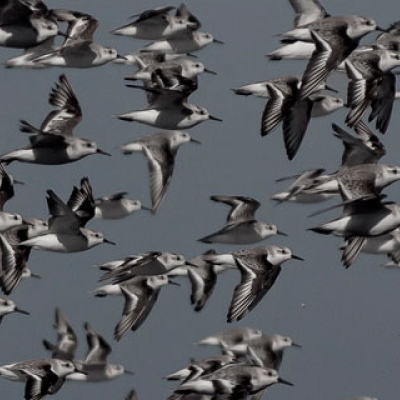Webinar: Protecting Pollinators
The birds and the bees need our help. Pollinators help to feed us and make our world more beautiful, but their habitats need protecting. Backyard gardeners to big companies alike know this and some are creating strategies to safeguard these precious creatures.
This webinar shows how you can protect pollinating bees, wasps, bats, and birds on various scales. You'll hear strategies that are being implemented in small to large scale gardens. You'll be informed of best practices and inspired by the work that's being done.





